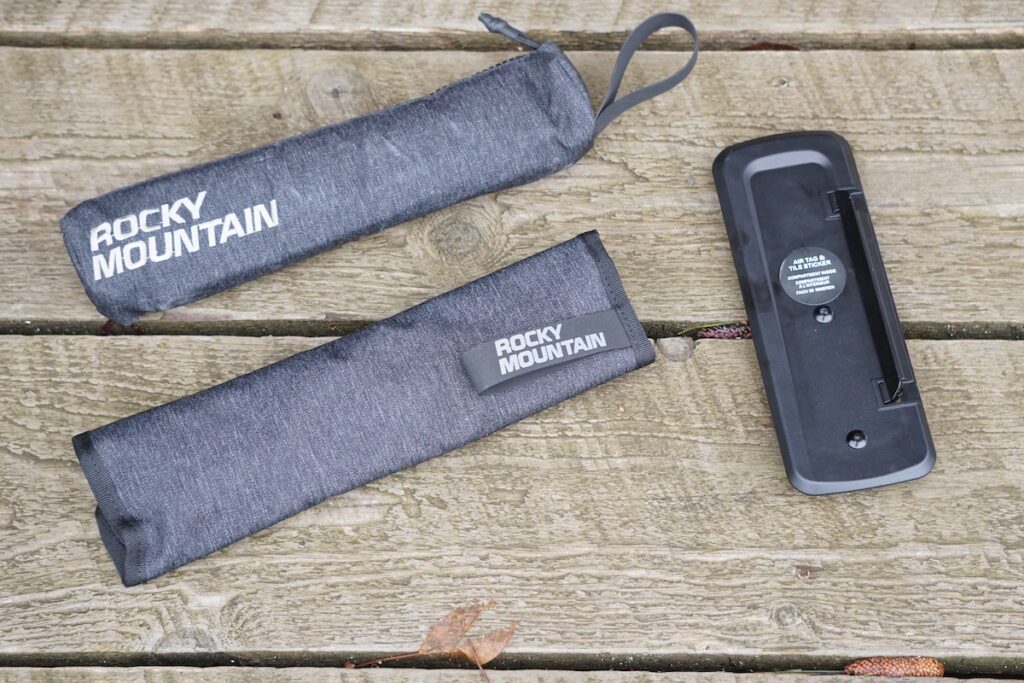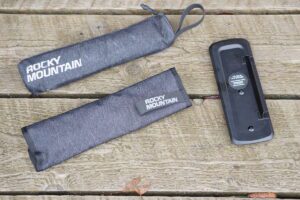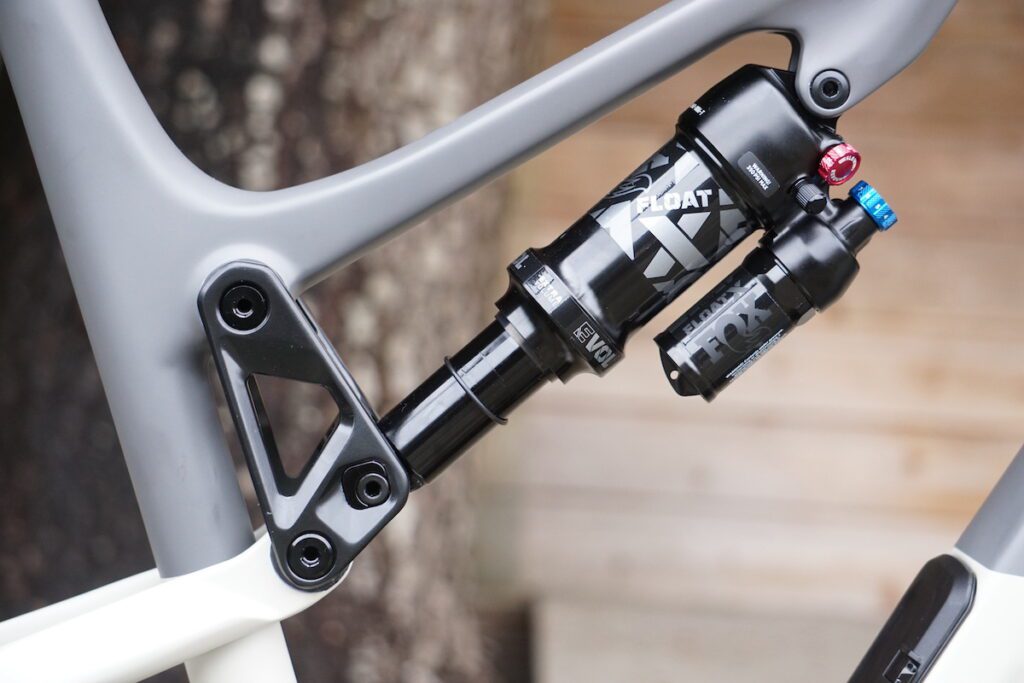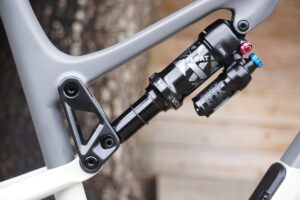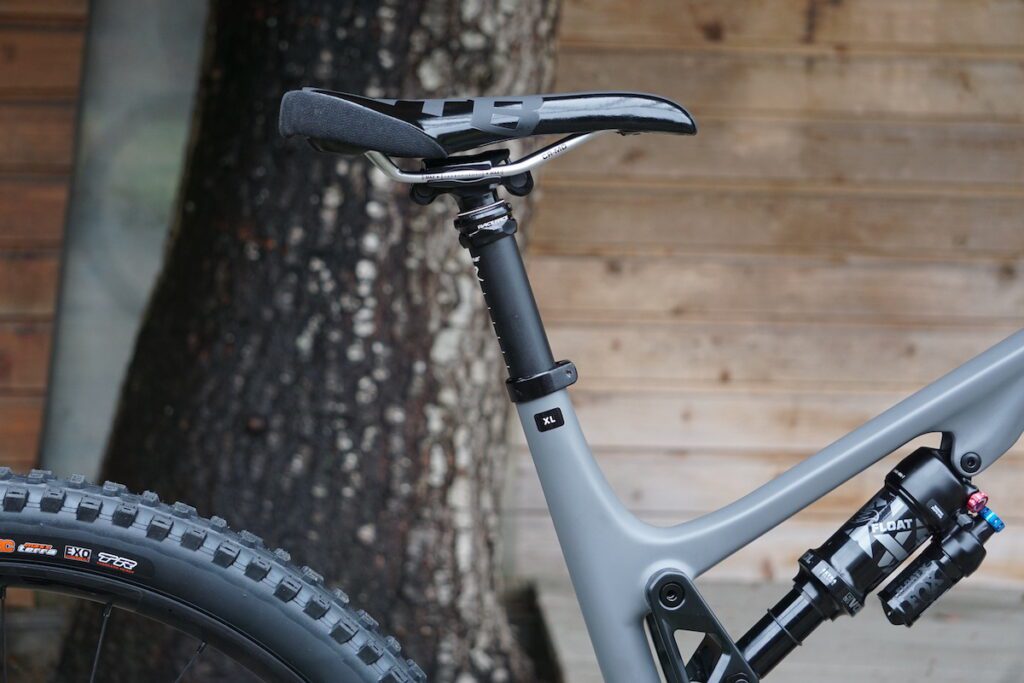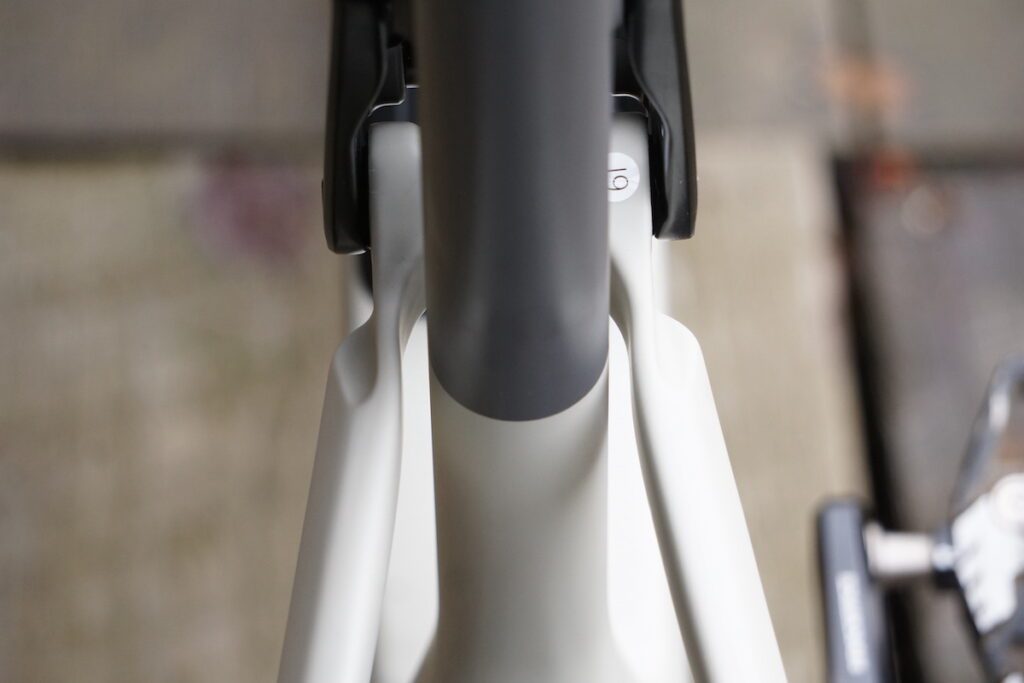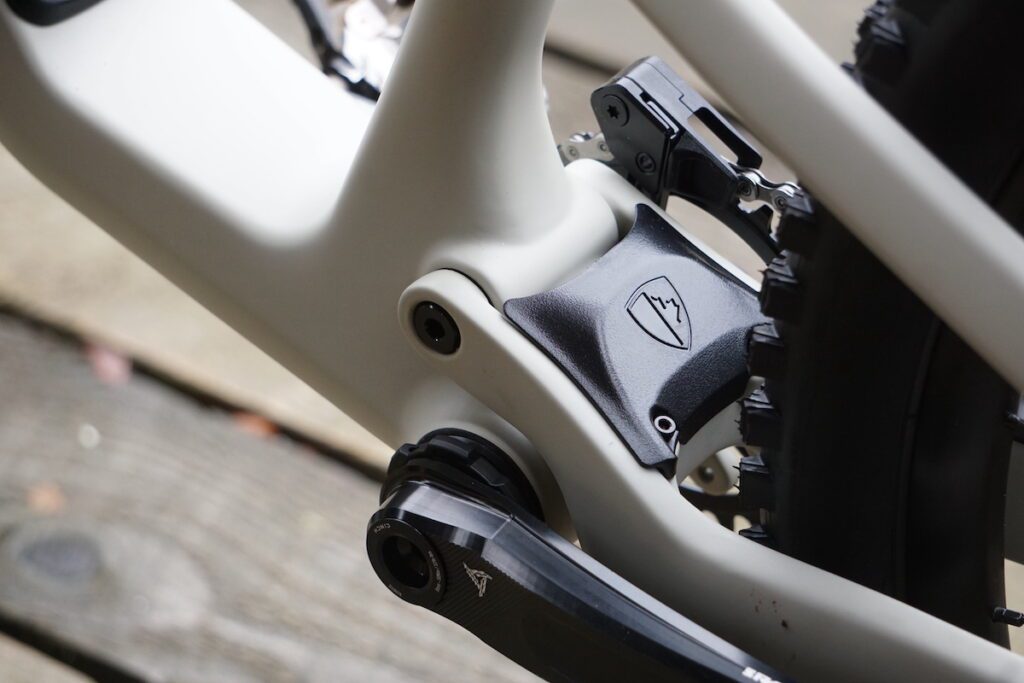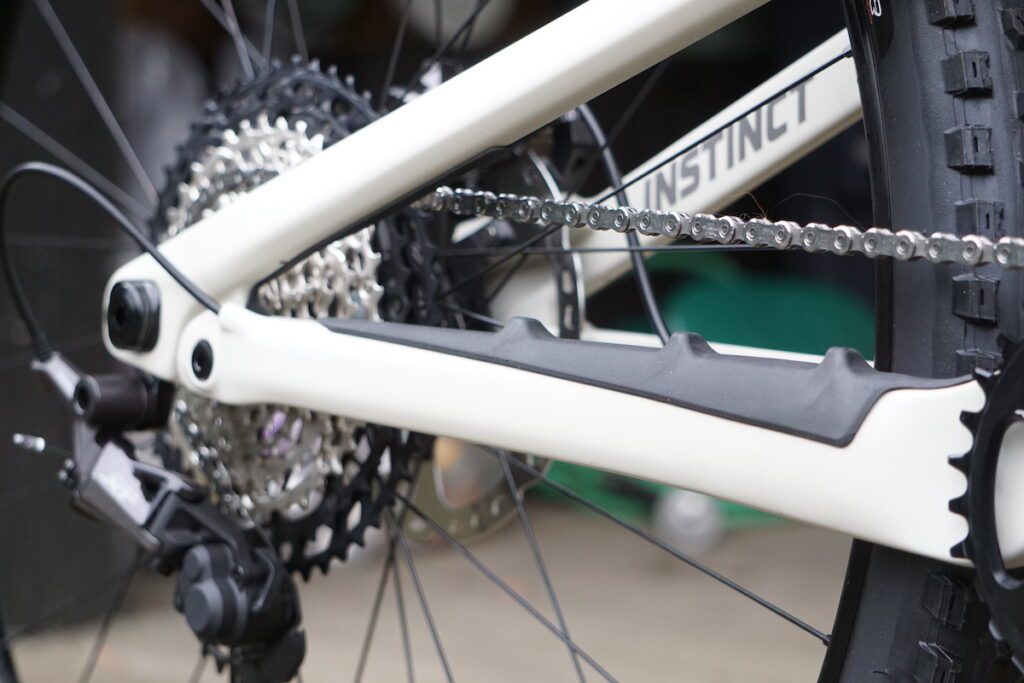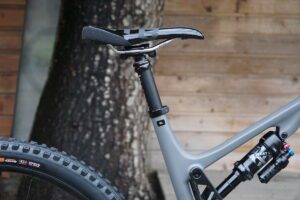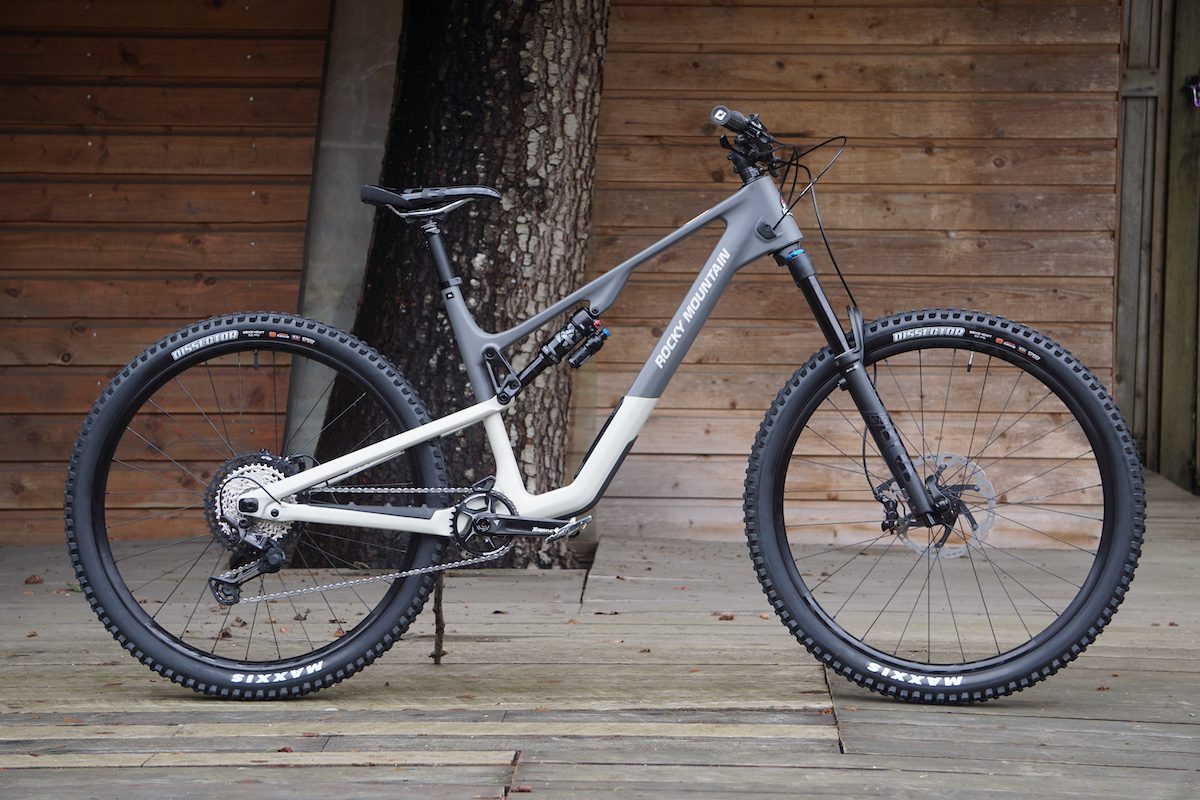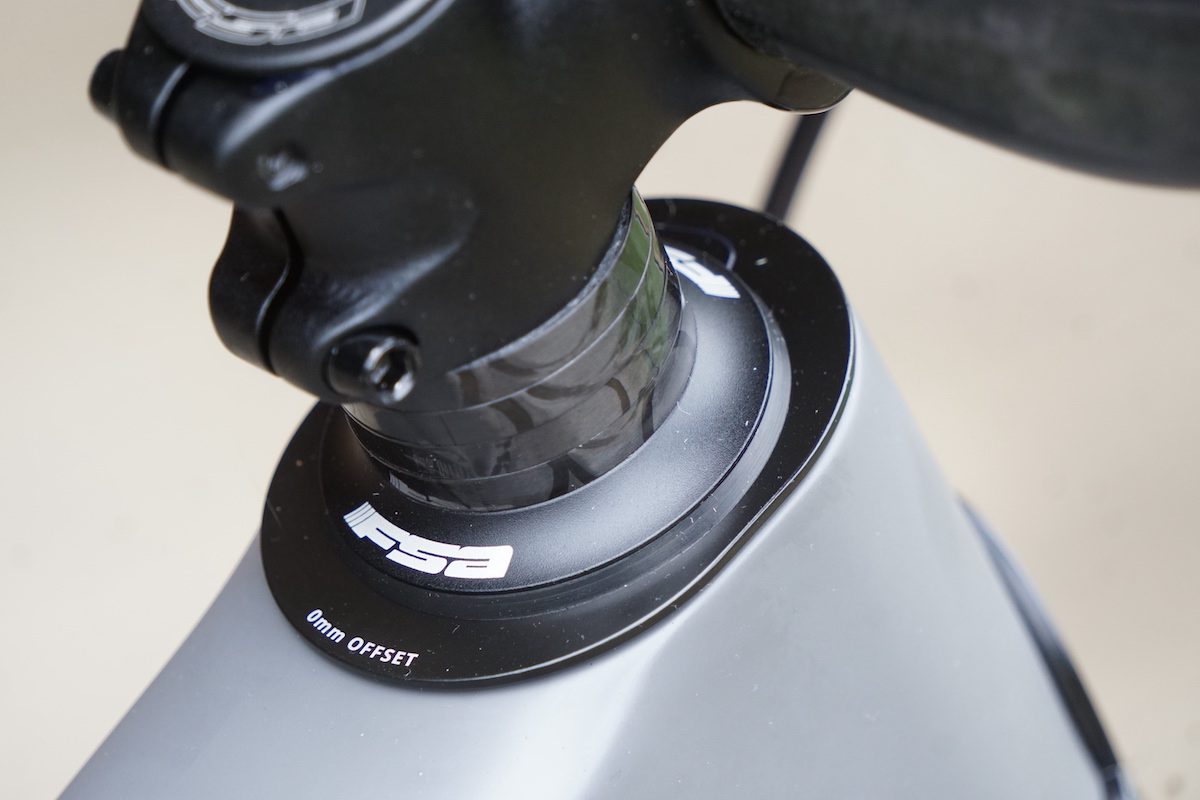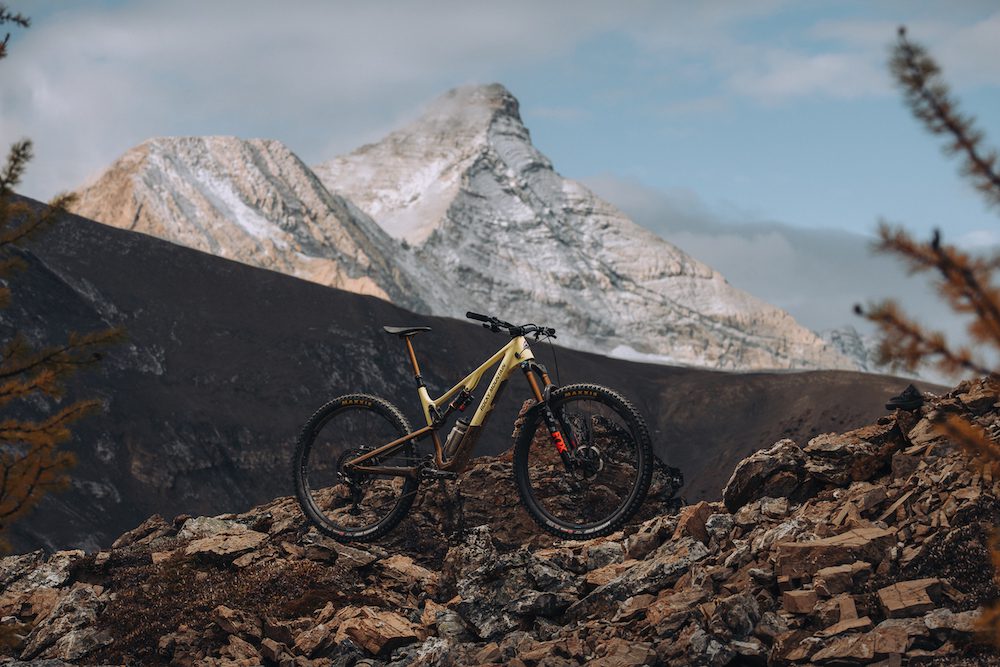First Impressions: Rocky Mountain Instinct evolves closer to ideal
Tweaks, fixes and new features elevate Canadian trail bike
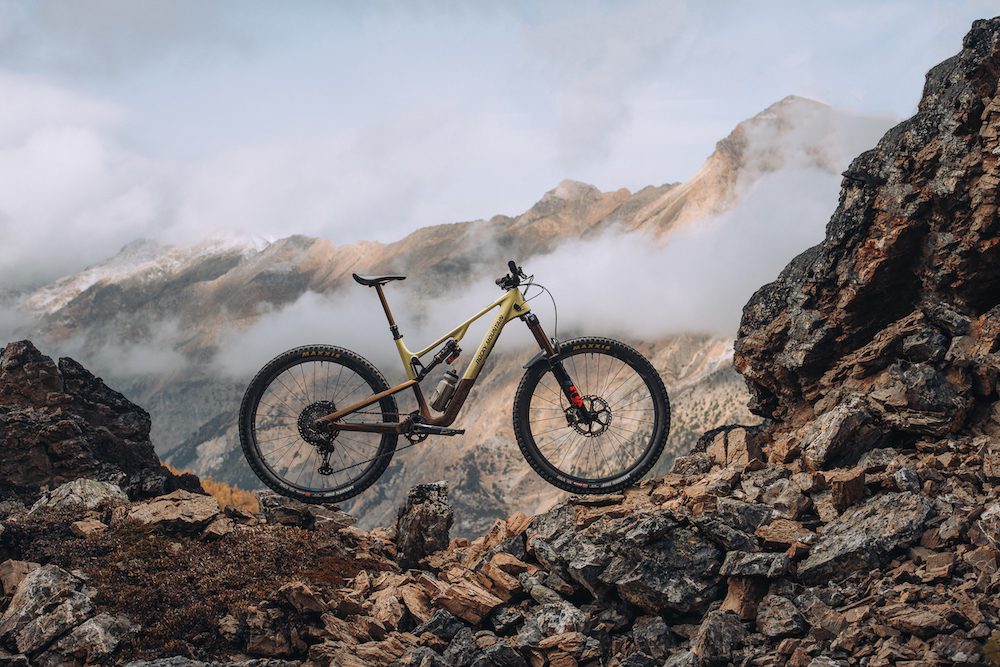 Photo by:
Margus Riga
Photo by:
Margus Riga
Sometimes wholesale change isn’t the best plan. Sometimes a thing just works, and all you need to do is refine it. This is the case with the Instinct, the venerable trail bike from Rocky Mountain. The North Vancouver brand takes takes its well-established 29″ platform (27.5″ in size XS) and, instead of starting fresh, goes about improving what was already there and adding a few new features along the way.
After a few rides on Rocky’s new rig, its clear this evolutionary approach elevates the Instinct. Big changes on paper don’t disrupt the balance we loved so much in the outgoing version. Instead, the Instinct appears to take on new abilities.
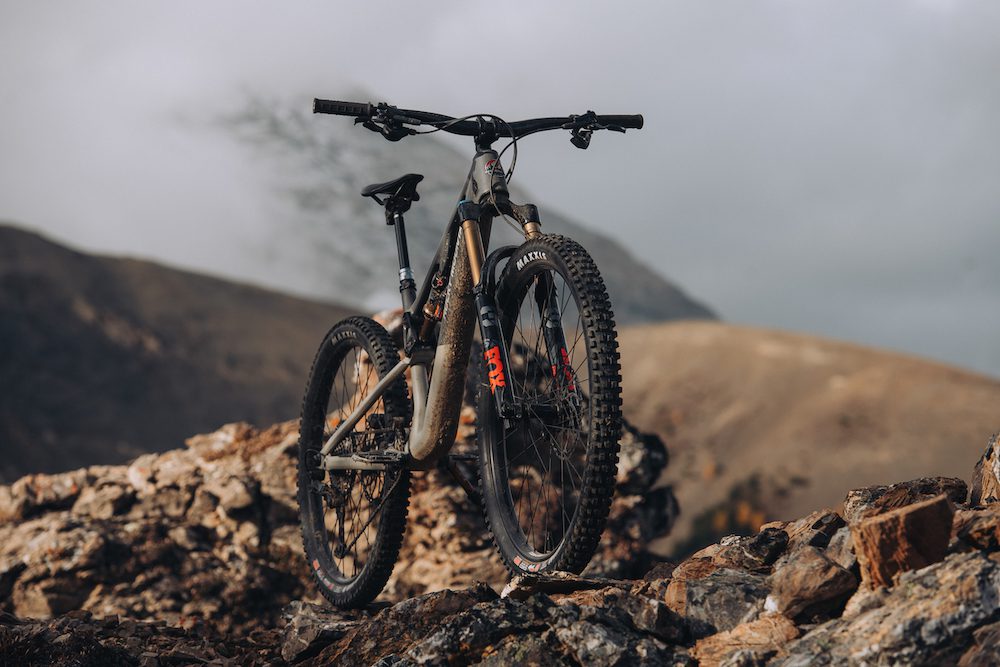
2024 Rocky Mountain Instinct: What’s new?
Rocky Mountain calls the new-look Instinct its most versatile bike ever. With a suite of changes and upgrades, this is true on a few levels. The basic platform, and silhouette, remains the same. It is still a 140mm rear-wheel travel (150mm fork) 29″er trail bike. The XS size still comes with 27.5″ wheels and the small size still comes in either 27.5″ or 29″. There are still carbon fibre and alloy frame options. It is, at its core, still a trail bike designed to excel in the widest possible range of riding conditions.
To aid in that last bit, though, there are a ton of changes. These cover design, features and geometry.
Rocky Mountain adds in-frame storage to the carbon fiber frames called the Penalty Box, in keeping with the brand’s hockey themed naming convention. The Penalty Box adds extra security via a stealth AirTag/Tile holder added to the underside of the lid.
Hone your Instincts
Also new is a reach adjust headset. This gives the option of neutral (0mm), +5mm or -5mm reach, without changing head angle. And without giving the Instinct’s head tube the appearance of wide can of Spam. Rocky switches from Ride-9 geometry adjustment system to the simpler Ride-4 found on several other recently updated models. By eliminating some choice, Ride-4 makes it easier to find the settings that work for you and makes it easier (single tool) to adjust settings.
On the instinct, Ride-4 and the reach adjust work in concert with the two-position rear axle already on the Instinct to allow for an impressive range of adjustment – about 24 possible combinations by our count. Unless you run SRAM Transmission, as the UDH still only works with the two-position axle in the “long” position.
Why? It lets you tailor the Instinct’s sizing and ride quality to suit how you use the bike. Make it more aggressive for a mini-enduro bike or make it more conservative and stable for an all-mountain bike made for long adventure rides. Or somewhere in between.
Frame updates
While these changes make the Instinct more adjustable than ever before, Rocky does continue its move toward more aggressive geometry that we’ve seen on the Element and Slayer in recent years. This isn’t particularly surprising as the outgoing Instinct was getting to look a little conservative by modern standards. The outgoing Instinct’s head angle, for example, is about the same as the current Element cross country race bike. The new Instinct moves that range to 63.5-64.3-degrees, which is closer to the existing Altitude enduro bike. Reach also stretches out, a little or a lot depending where you set the headset. To balance all that and keep climbing comfortable, the seat tube angle steepens to match.
One more welcome change is the move to a significantly shorter seat mast. This will be a welcome sight for anyone looking to size up, to run a longer-travel dropper post (our XL test bike comes stock with a 200mm-travel post) or both. Less visible is fully guided internal cable routing, complete with the option to run moto-style/English brake configurations.
First Impressions: An Instinct for excitement
Our test bike is the upper mid-range Instinct Carbon 70. Rocky offers this the always-reliable Shimano XT drivetrain and four-piston Trail brakes build we’re testing or, for an extra $1,700, SRAM GX Transmission. The C70 rolls on Race Face AR30 rims and a Fox combo of 36 Evol Performance Elite fork (150mm travel, Grip2) and Fox Float X Performance Elite shock. Rocky adds some bling with its own carbon fibre bar, at a reasonable 780mm width. Shimano XT Trail brakes pull on sizable 203/180mm rotors with Maxxis’ fast-but-aggressive Dissector tires (2.4″ MaxxTerra EXO ) keeping it rolling fast. With Rocky moving the Instinct to a more aggressive stance, I can see some riders moving to a more aggressive tire combo to match, especially up front. But, in the right conditions, the Dissectors balance speed and grip in a way that complements the Instincts abilities.

On the trail
Our test bike arrived before the presskit, and detailed geo chart did, and that was probably a good thing. While some of the changes look drastic on paper, like the significant slackening of the Instinct’s stance, this bike very much still feels true to its heritage on the trail. It’s not quite as quick climbing through tight corners, sure. But it still has the lightness and responsiveness that makes you want to grab another gear on climbs instead of sitting down and settling into a granny gear spin. That efficiency is, in my opinion, essential for a good trail bike. Even one that is clearly capable of moonlighting at the occasional enduro race for anyone but pro-level riders. No one likes wasted watts, even if you’re not racing against a clock.
Point it back down and the changes Rocky Mountain made to the Instinct immediately make sense. In the short setting, its so easy to feel comfortable pulling for a manual or jamming through corners. With its light feel and quick acceleration, it really opens up the creative side of riding. Rocky may give up a little nimbleness on the climbs but it gains quite a bit on the other end of its abilities. It’s still an all-rounder, just with more options to take on more challenging trails.
In terms of design and features, the Instinct is all good news. The Penalty Box system comes with two Rocky-branded bags, one for a tube and one for pockets for tools or whatever else you want. There’s enough room to easily get what you want into the frame without feeling like you’re jamming it in there and the cover feels secure and solid. The AirTag compartment is a nice touch, too.
Real adjustments, real differences
Likewise, the move to the simplified Ride-4 is welcome. There isn’t as much refinement for true gear nerds and tinkerers, sure, but its easier to feel the changes between settings, easier to change between settings and, therefore, easier to find the right setting for your riding.
Playing around with the reach-adjust headset is a bit more involved, and definitely not an on-trail change, but it will be interesting to see how much of an impact changing it around has on how the Instinct handles. In an era of ever more specialized and specific bikes, its nice to see frame features like this that allow one bike appeal to a broader range of riders and riding styles, not a narrower one.
With three separate and independent ways to tune the Instinct to your riding and fit, its easy to set the Instinct up as a light, snappy shredder. Or, move things around to set it up as a more traditional all-mountain machine where the up and across are just as, or almost as important as the reward on the way back down.
2024 Rocky Mountain Instinct: Pricing and range
Rocky Mountain is offering six carbon fibre Instincts, three alloy frame builds and, if none of that suits your fancy just right, a carbon fibre frameset option. These range from $3,200 for the Instinct Alloy 10 to the ultra-bougie, SRAM XO Transmission wireless shifting and RockShox Flight Attendant automatic suspension-equipped Instinct Carbon 99 for $15,00. There’s quite a range between those two extremes, and plenty of choices between Fox and Rockshox and Shimano and SRAM to keep everyone happy.
- Instinct Carbon 99 $15,000 / USD10,500
- Instinct Carbon 90 $12,000 / USD9,000
- Instinct Carbon 70 AXS $10,000 / USD7,900
- Instinct Carbon 70 $8,300 / USD6,500
- Instinct Carbon 50 $7,000 / USD5,500
- Instinct Carbon 30 $6,000 / USD4,700
- Instinct Alloy 50 $5,600 / USD4,600
- Instinct Alloy 30 $4,000 / USD3,400
- Instinct Alloy 10 $3,200 / USD2,900
- Instinct Carbon Frameset $4,700 / USD3,900
See details on the full range on Rocky Mountain’s site.


